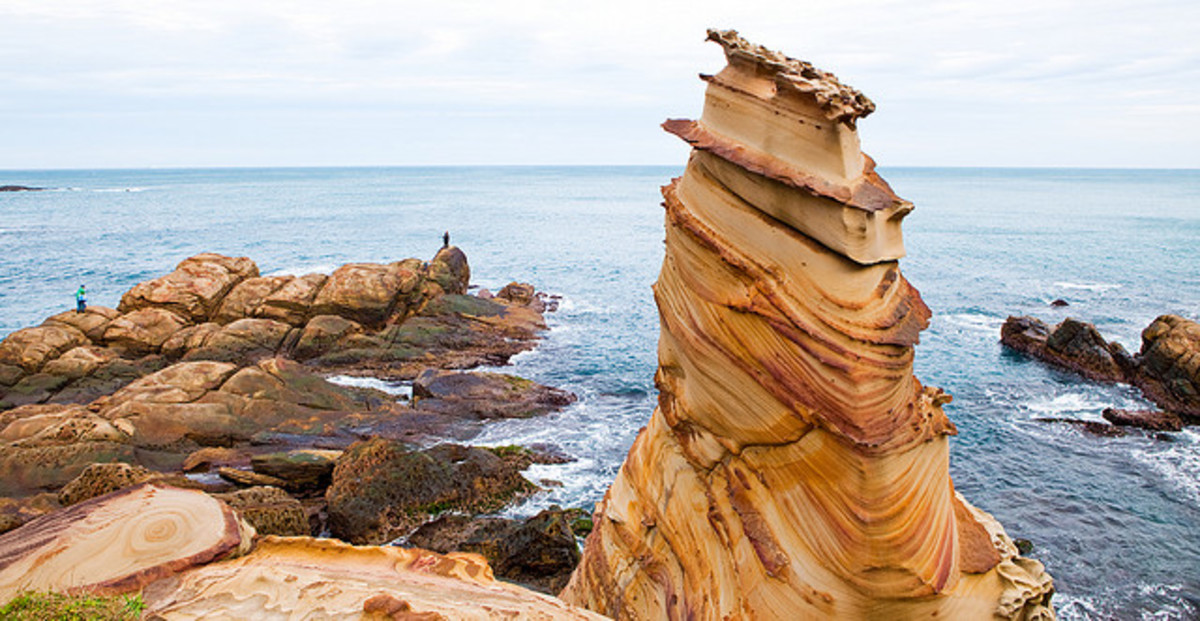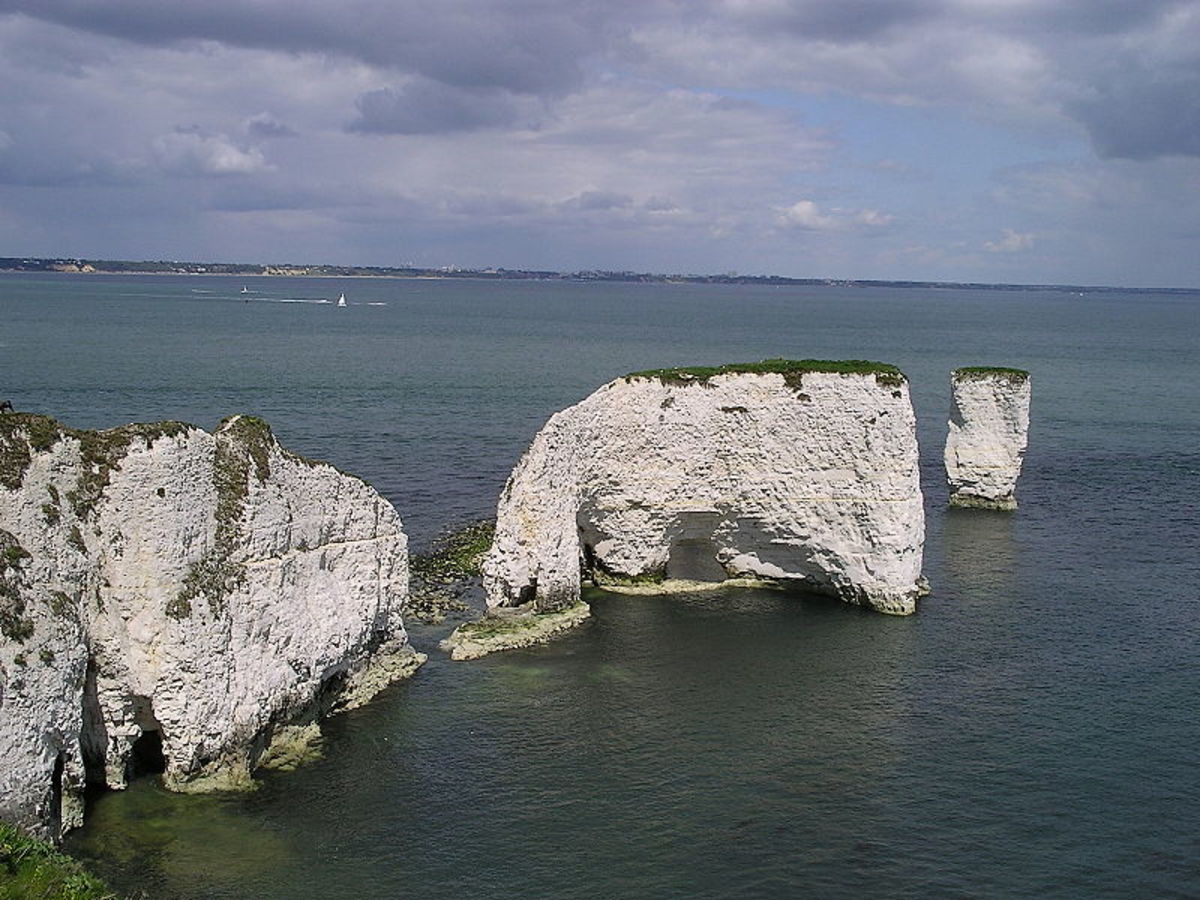
The Earth is an artist and its canvases span continents, creating impressive rock formations that are testaments to the passage of time. These geological wonders have intrigued and amazed travelers for generations. From the mythology-laden Rock of Aphrodite in Cyprus to the ethereal Wave Rock in Arizona, each of these rock formations has a unique story to tell. Join us on a journey through some of the most impressive rock formations in the world, gems both known and hidden.
Old Harry Rocks, located approximately 10 kilometers south of Poole and Bournemouth, are a natural wonder dating back more than 60 million years to the Cretaceous period. These chalk formations are constantly evolving due to sea erosion. In fact, the constant churning of the waves has caused Old Harry’s “wife” to disappear completely, leaving only a stump visible at low tide. Despite this loss, Old Harry Rocks remains a stunning sight and has been recognized as a UNESCO World Heritage Site located at the end of the Jurassic Coast.
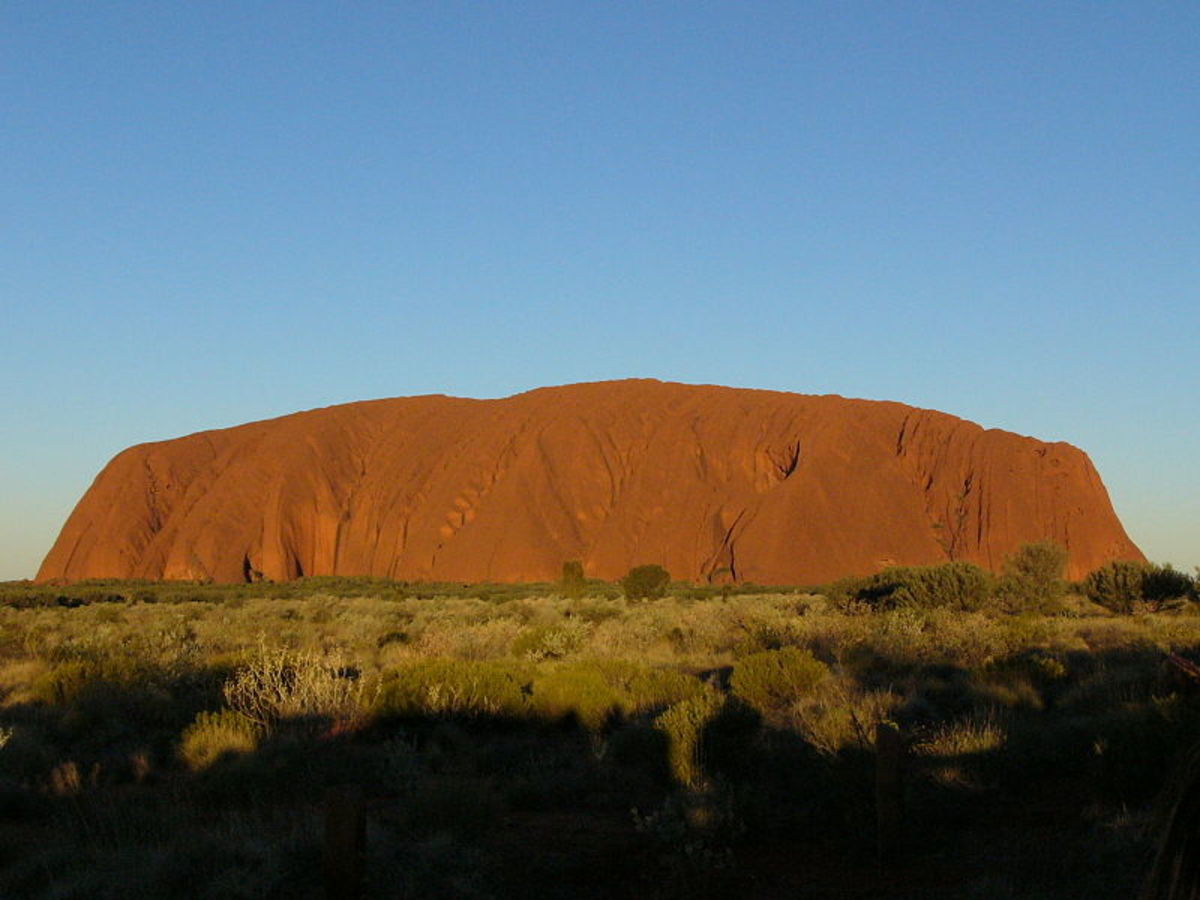
Uluru, also known as Ayers Rock, is perhaps Australia’s most popular natural landmark. It is a sacred sandstone formation located in the Northern Territory, specifically in Central Australia. This monolithic wonder is one of the largest in the world, measuring over 318 meters or almost 1,000 feet tall. To complete a full tour around the base of the rock, it would be necessary to travel approximately 9 kilometers.
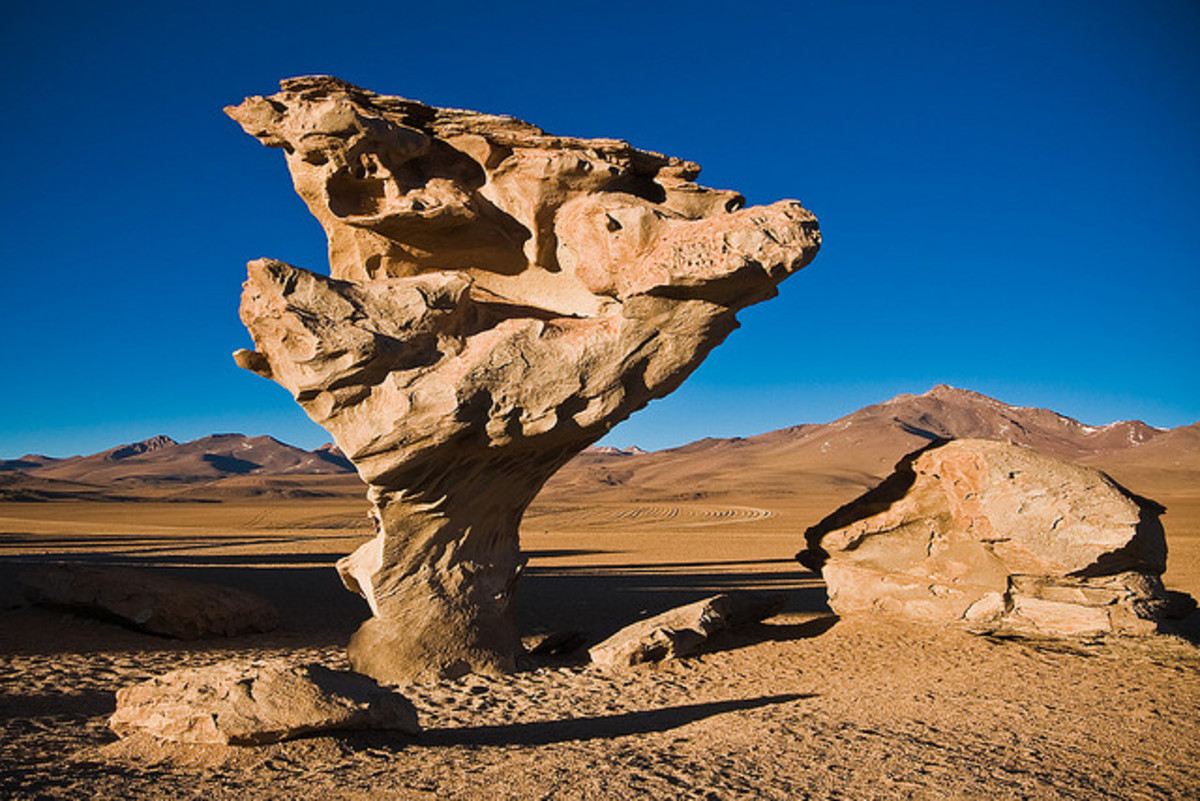
If you plan to visit Uluru, be sure to see it at sunrise or sunset to truly witness the magnificent change of colors. Another geological wonder worth seeing is the Bolivian Stone Tree, located in the Siloli Desert and 4,600 meters above sea level. This volcanic rock formation has been shaped by strong winds over time, resulting in a thin base and a striking resemblance to a stunted tree. Its isolation only increases the uniqueness of this natural wonder.
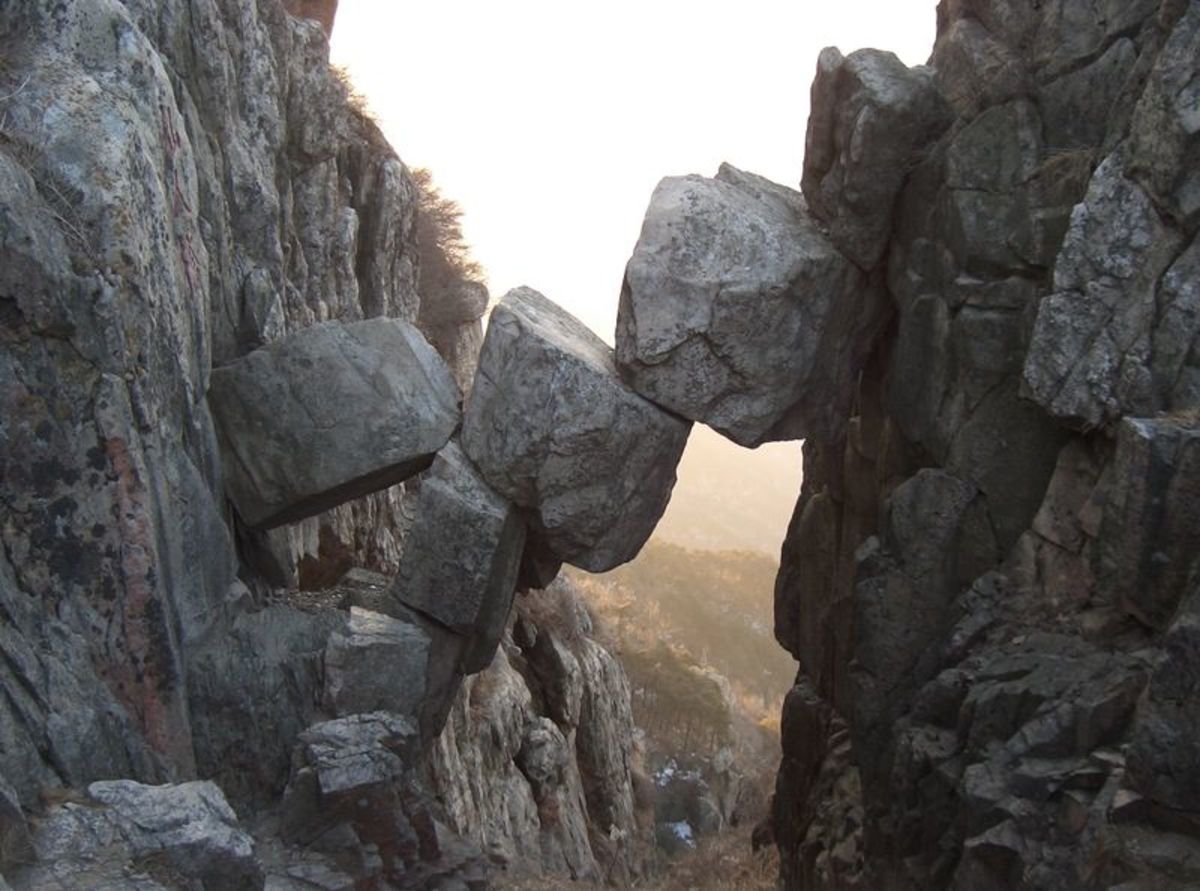
The Immortal Bridge located on Mount Tai in the Chinese province of Shandong is a magnificent rock formation consisting of three huge rocks and a few smaller ones. It is believed to have been formed during the Ice Age. Mount Tai is considered a sacred mountain in China, and this religious association may be the reason the formation was named Immortal Bridge.
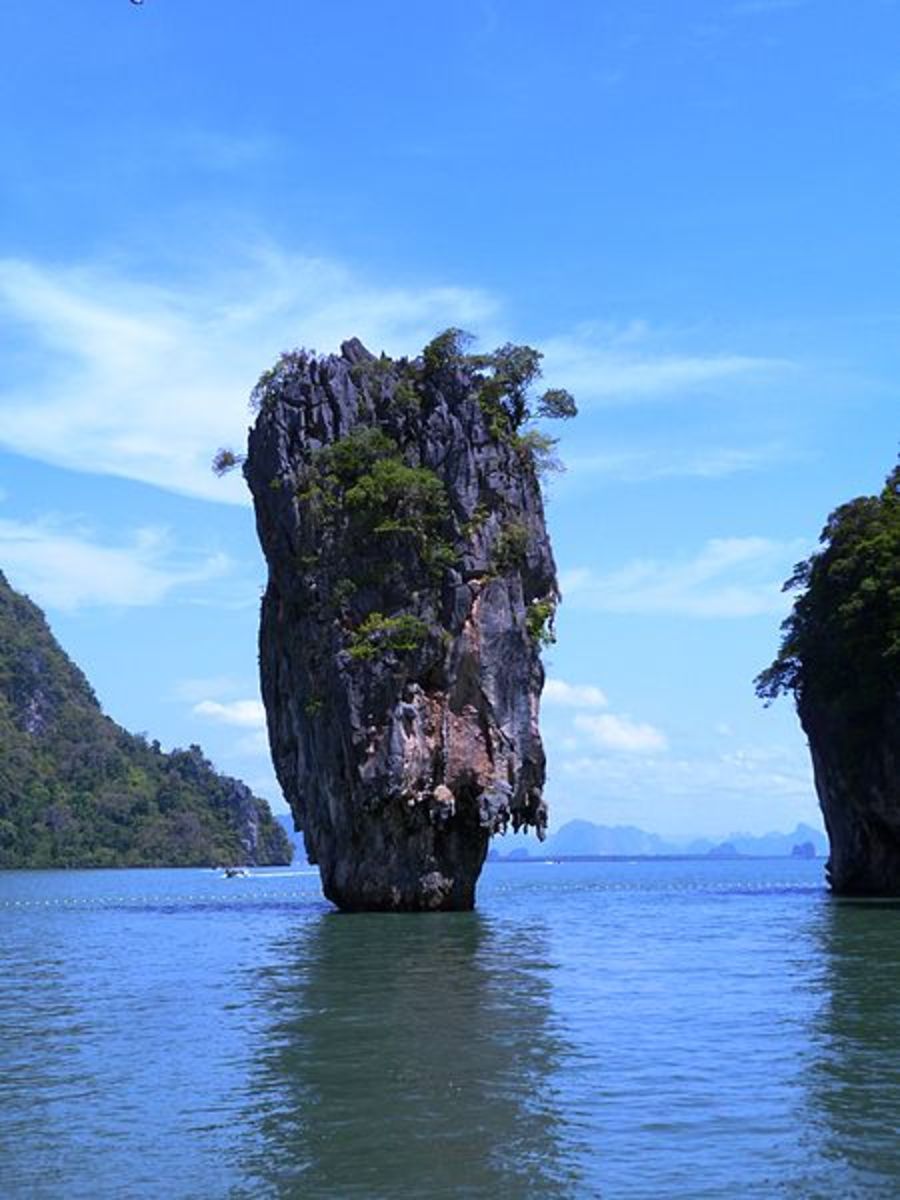
In Thailand’s Phang Nga Bay is the famous Khao Ta-Pu, also known as James Bond Island. If you’ve seen “The Man with the Golden Gun,” this rock formation may look familiar to you. It measures 20 meters high and is made of limestone that increases in diameter towards the top. Ao Phang Nga Marine National Park has designated this place as a protected area since 1981, and tourists come here frequently. But, to preserve the natural beauty of the island, boats cannot get too close.
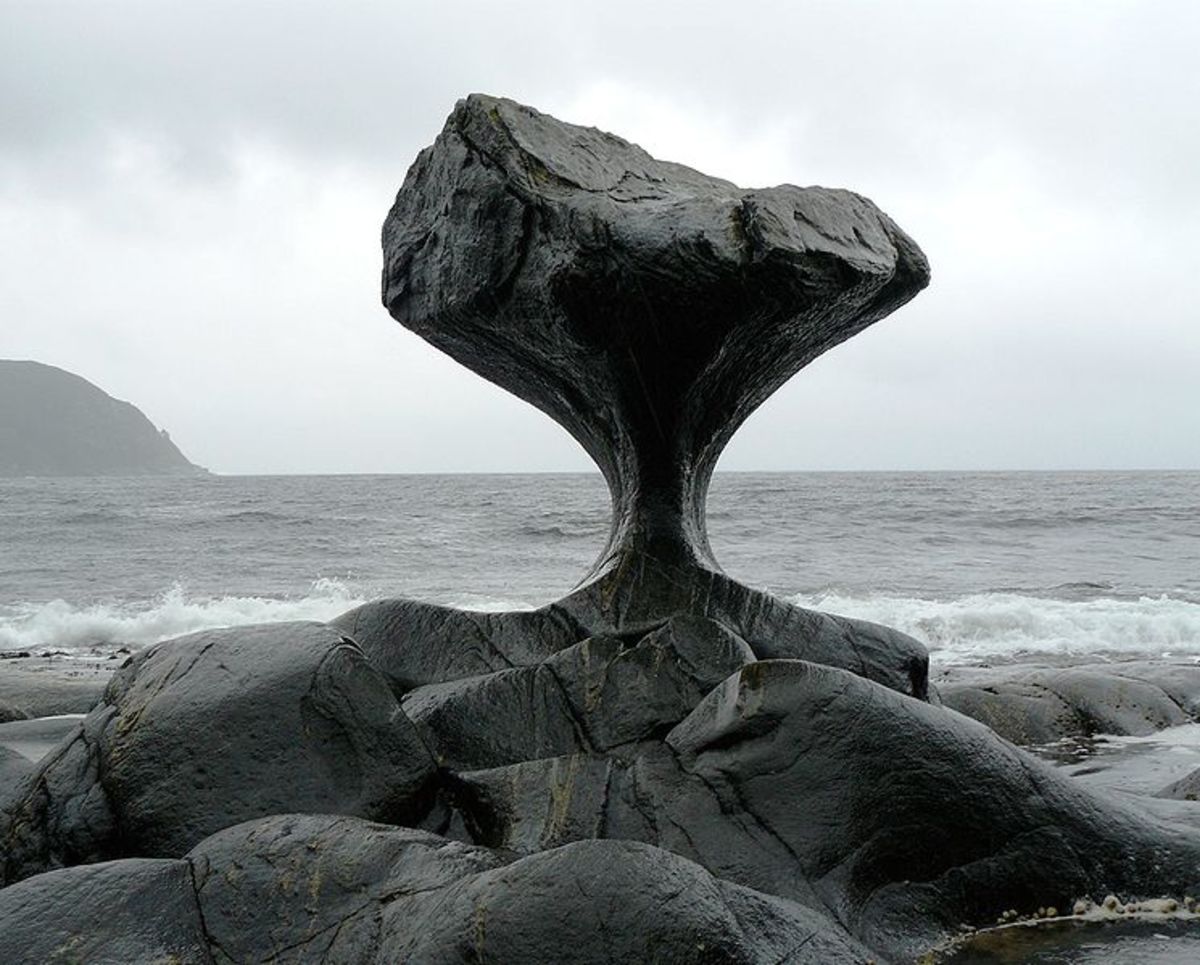
The magnificent Kannesteinen rock formation is located near the village of Oppedal in the municipality of Vågsøy, Norway. This impressive natural wonder stands at a height of 3 meters and resembles a mushroom, supported by a splinter of trunk. It has existed for thousands of years, shaped over time by the powerful forces of the sea, which have eroded certain areas to create its unique and impressive shape.
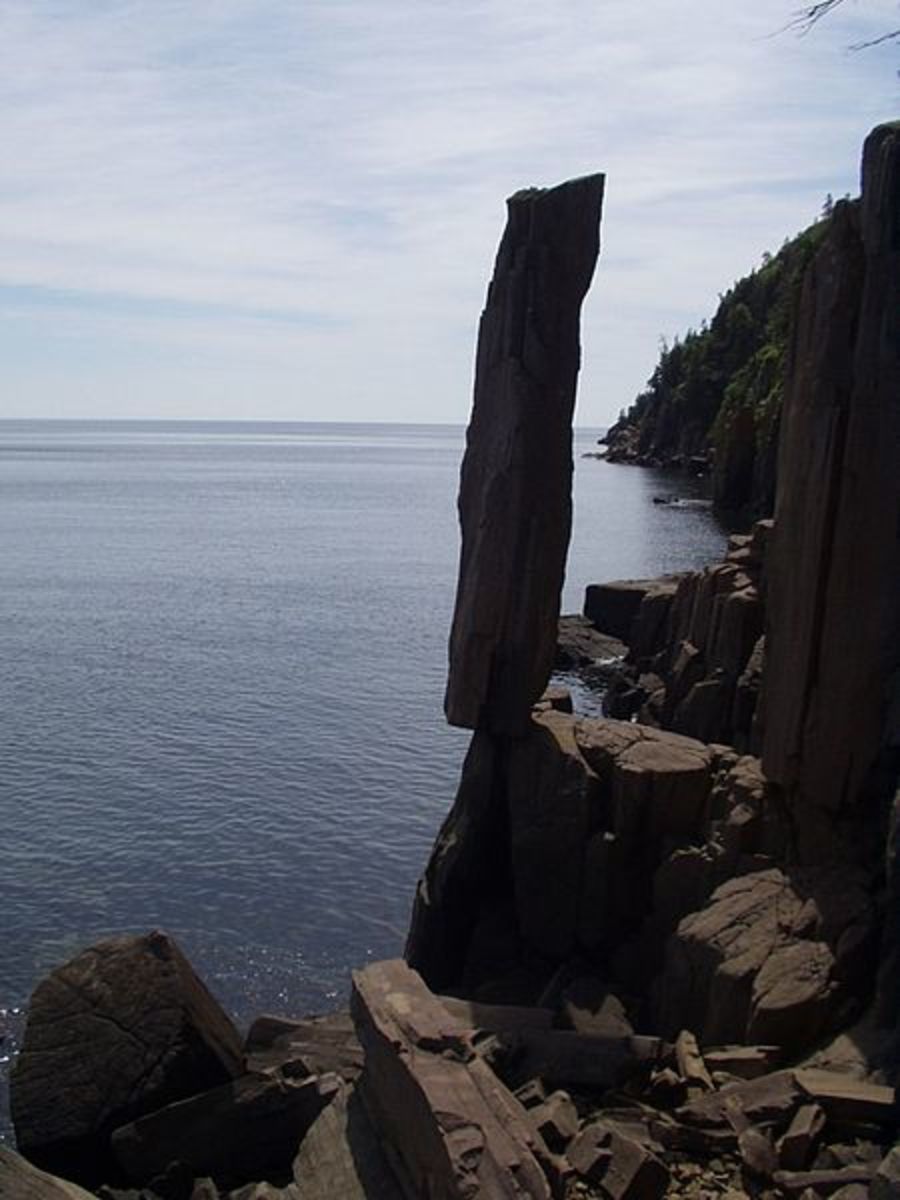
In Canada, there is a fascinating natural wonder known as Balancing Rock. This impressive formation has been standing for approximately several thousand years on Long Island’s Digby Neck. Despite the forces of erosion, this columnar basalt rock has remained resilient and measures approximately 9 meters high. What sets Balancing Rock apart is its seemingly impossible balance, as it appears to defy gravity without any visible support. Definitely worth checking out!
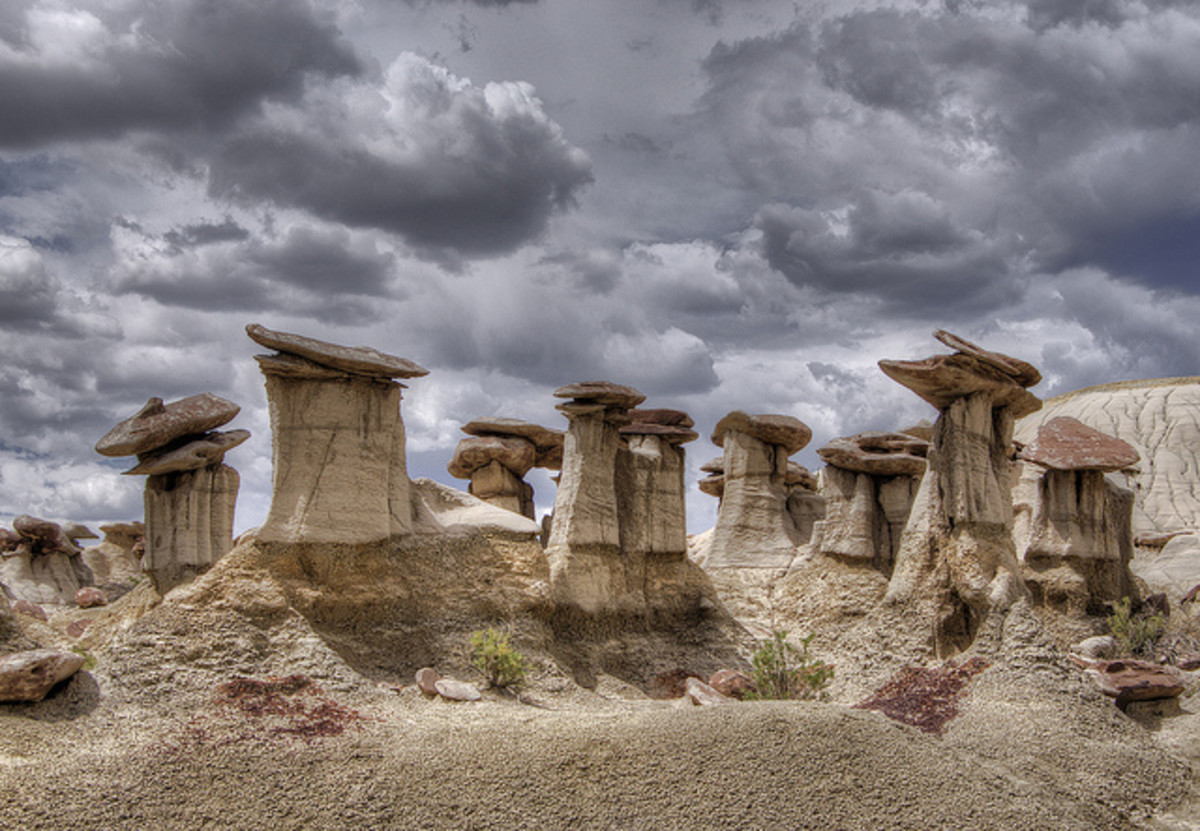
The Ah-Shi-Sle-Pah Wilderness Area in northwestern Mexico is home to the Hoodoos, a popular rock formation that attracts tourists from all over. The area has been designated as a protected area due to the abundance of fossils found here. The unique shape of the Hoodoos can be attributed to the variable erosion resistance of the sandstone, with the capstone being the hardest and protecting the softer layers beneath. These formations can range in size from 5 to over 100 feet and can have different mineral compositions that affect their color and density, resulting in visible layers caused by erosion. Hoodoos are typically found in hot, arid desert regions and cover approximately 26 square kilometers.
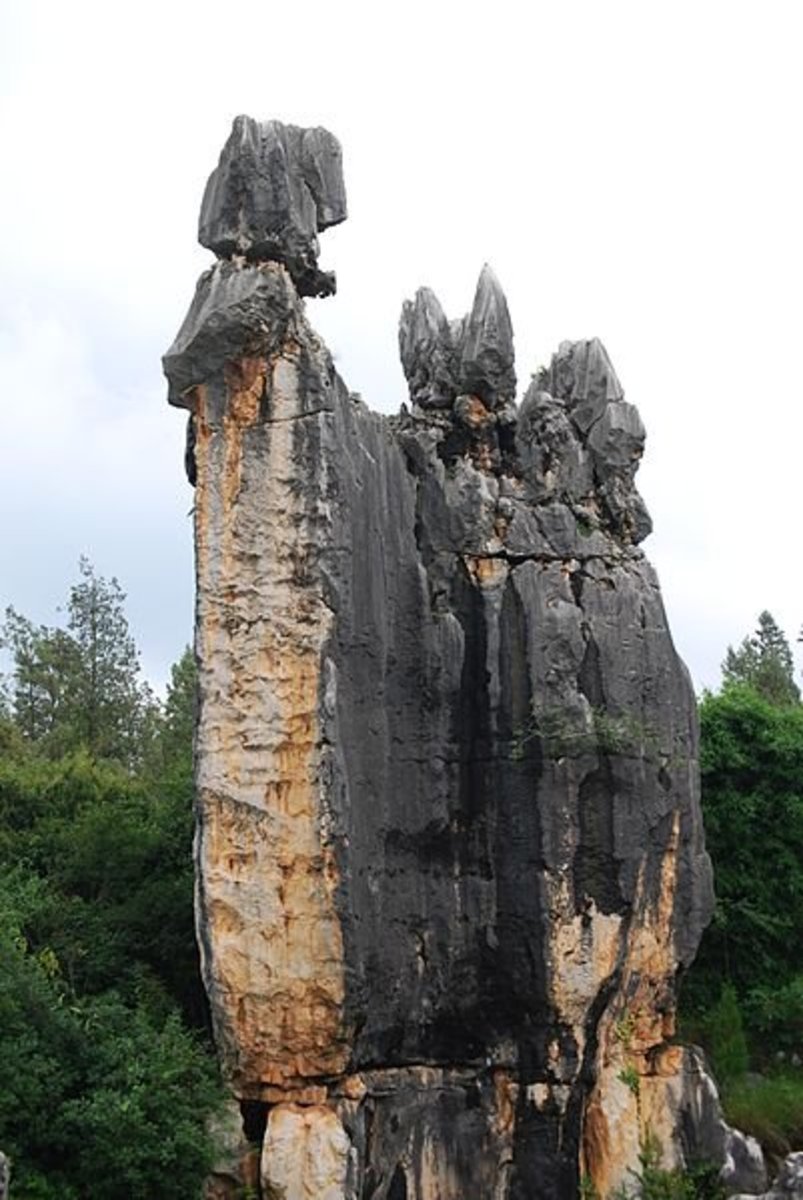
The impressive Ashima Peak is located in the Shilin region of Yunnan province, China. This extraordinary natural wonder is part of the Stone Forest, which spans an area of approximately 400 square kilometers in Lunan County. The Stone Forest features countless limestone formations that were shaped by the forces of nature millions of years ago, resulting in a variety of unique shapes and sizes. Visitors can see everything from towering pillars to smooth camel humps and even intricate formations that resemble elephants. One of the most revered formations among locals is Ashima Peak, which is believed to embody the spirit of Ashima, a Hani girl. The sheer beauty and power of this landmark make it a must-see for anyone visiting Yunnan Province.
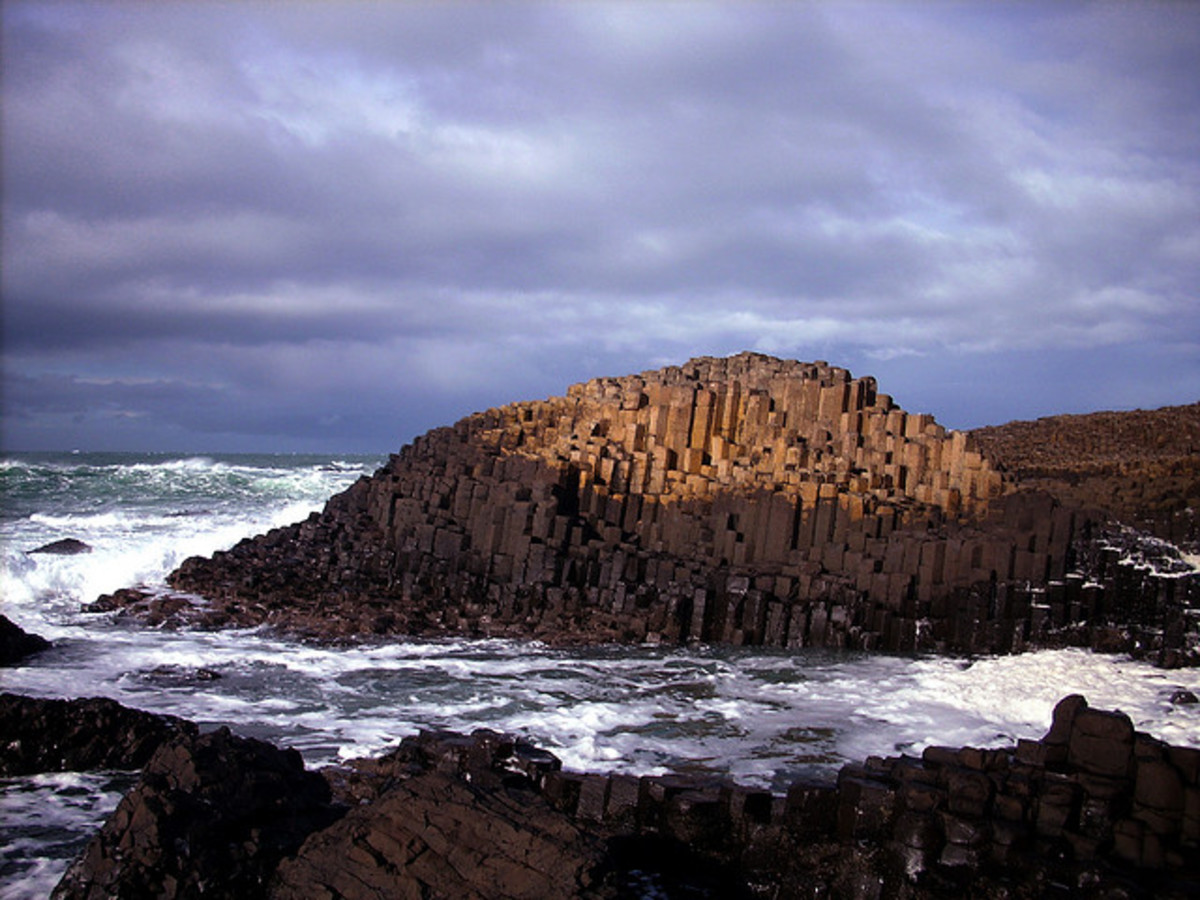
The Giant’s Causeway in Northern Ireland is an incredible UNESCO World Heritage Site located in County Antrim. It shows the impressive results of a unique volcanic activity. The site features nearly 40,000 interlocking basalt columns that were formed by rapidly cooling lava that had broken through fissures in the ocean floor. These columns are predominantly hexagonal and so perfectly symmetrical that they appear to have been crafted by human hands. The Giant’s Causeway remains a popular tourist destination in Northern Ireland.
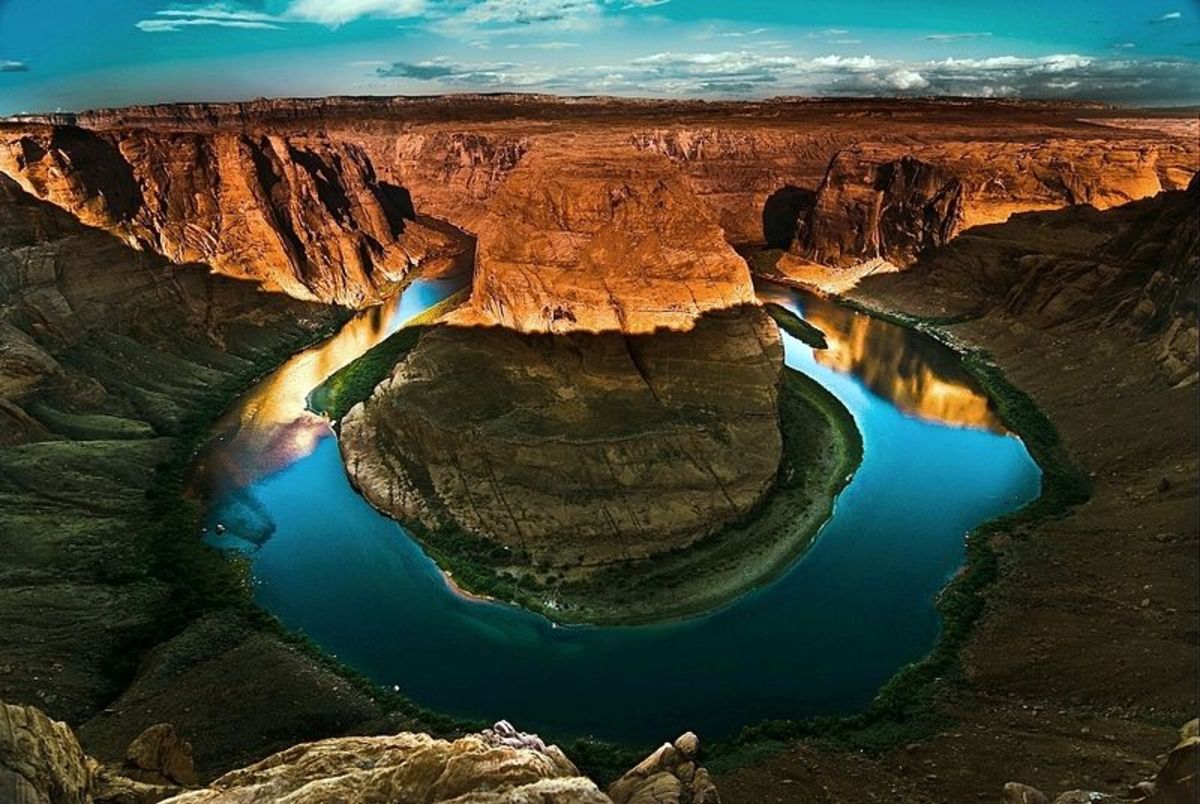
Located near the town of Page in Arizona, Horseshoe Bend is a stunning natural wonder. The Colorado River has carved an impressive gorge over thousands of years, creating an impressive horseshoe-shaped rock formation. Depending on the time of day, the brightness of the landscape can vary dramatically as the sun moves across the sky. While there are no railings along the edge of the cliff, some tourists may find it scary. To get a different perspective, consider viewing the rock formation from a raft on the river.
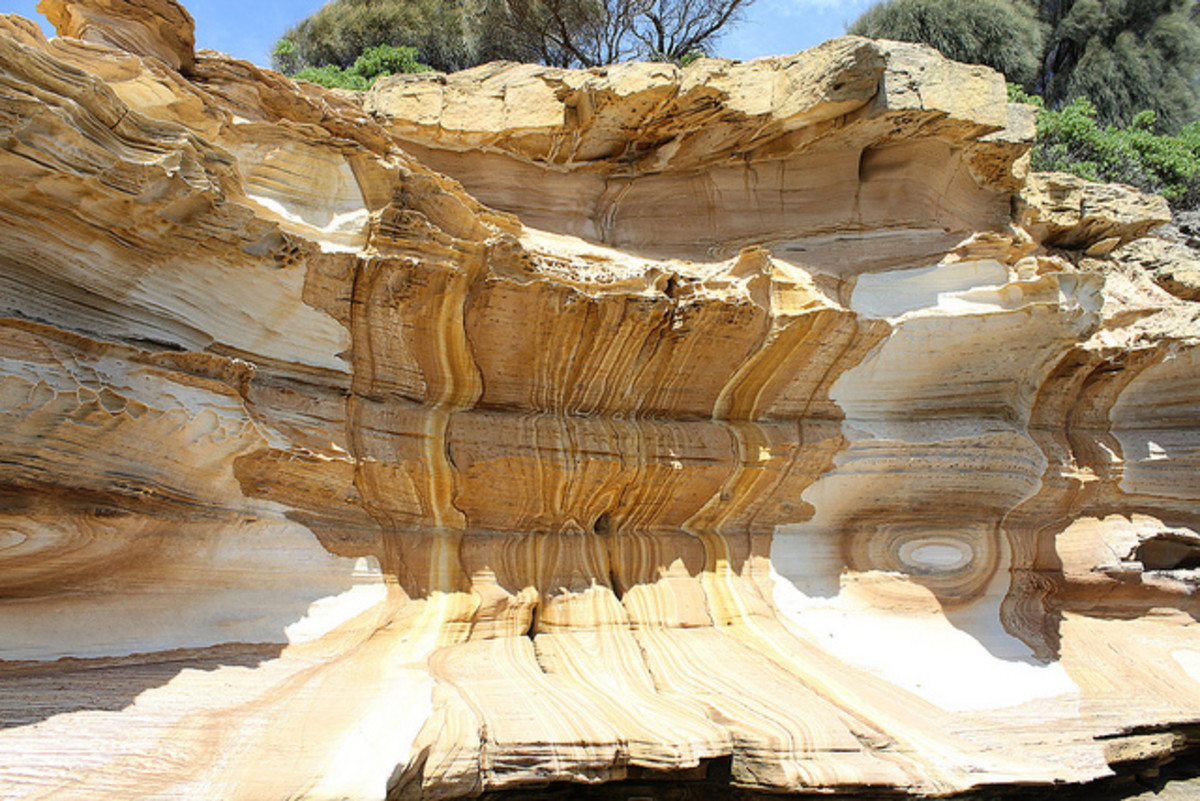
The Painted Cliffs in Tasmania are a must-see for anyone fascinated by geological history. These impressive cliffs on Maria Island were formed over millions of years when groundwater slowly seeped through the sandstone and left behind traces of iron oxides. The end result is a 100 meter stretch of stunning patterns that look like painted works of art. Although the crystals have worn away over time, they still form intricate honeycomb designs that are truly magical to behold. And with plenty of wildlife around, it’s no wonder this spot is a favorite among tourists.
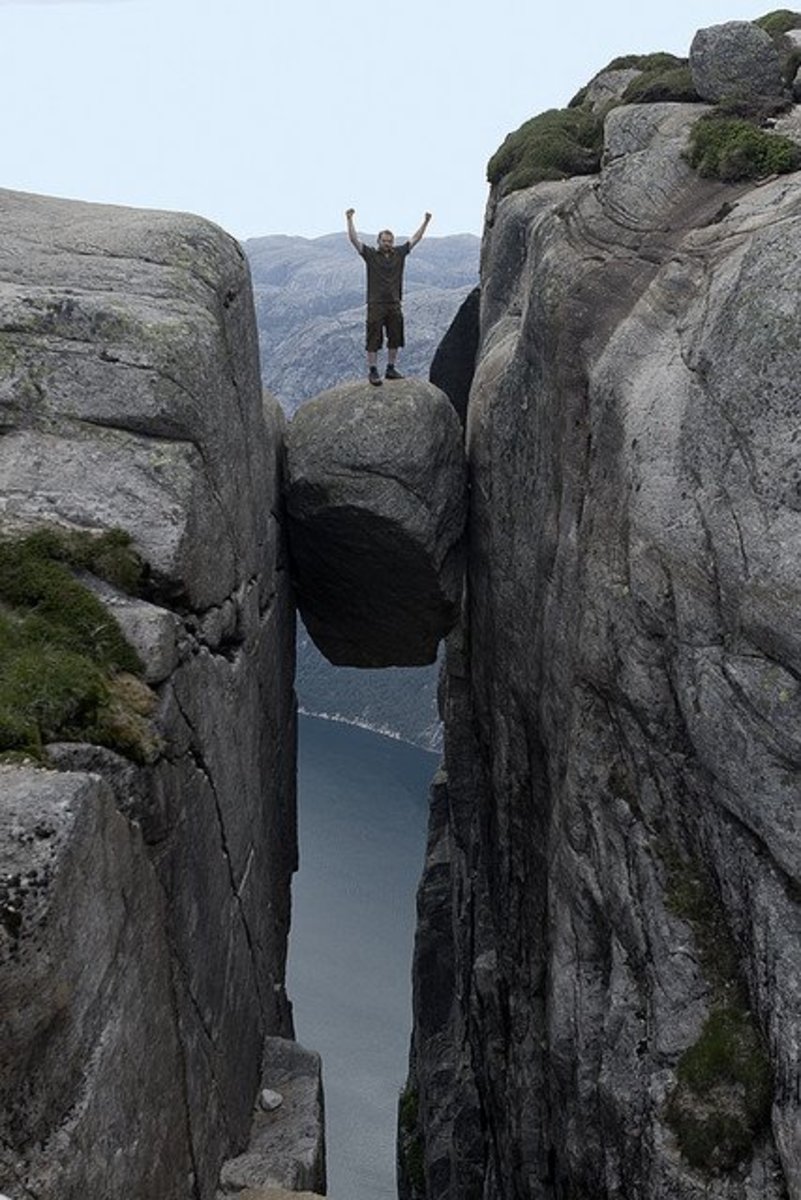
Kjeragbolten (Norway) is a sought-after tourist spot located in a crevice of Kjerag Mountain. For many years, a colossal circular rock has been firmly wedged in the crevice. Thrill seekers will enjoy standing at the top of Kjeragbolten, which is easily accessible. However, taking a step on the rock is an extremely bold act that requires nerves of steel and is not recommended for the faint-hearted. Interestingly, many tourists are not afraid of plummeting from the 1,000 meter high cliff, or at least they are not afraid of missing the perfect photo moment.
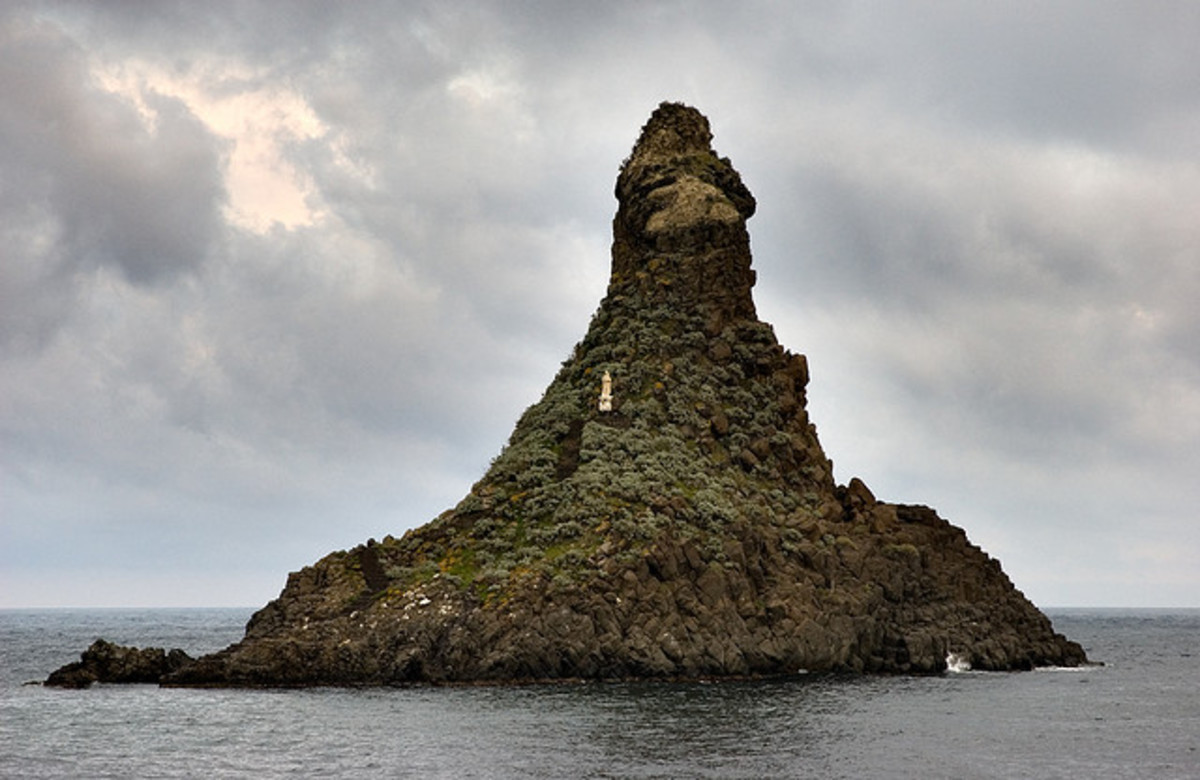
If you’re looking for an off-the-beaten-path destination in Italy, Aci Trezza on the east coast of Sicily is definitely worth a visit. It is the home of the Faraglioni dei Ciclopi, also known as the Island of the Cyclops. The rocks in this area have a unique and strange shape, which is why locals refer to them as Faraglioni di Trezza. These rocks are of volcanic origin and were formed during the first eruption of Mount Etna in 1669. The site is not only visually impressive, but also has great archaeological importance. It is no surprise that it attracts many tourists from all over the world.
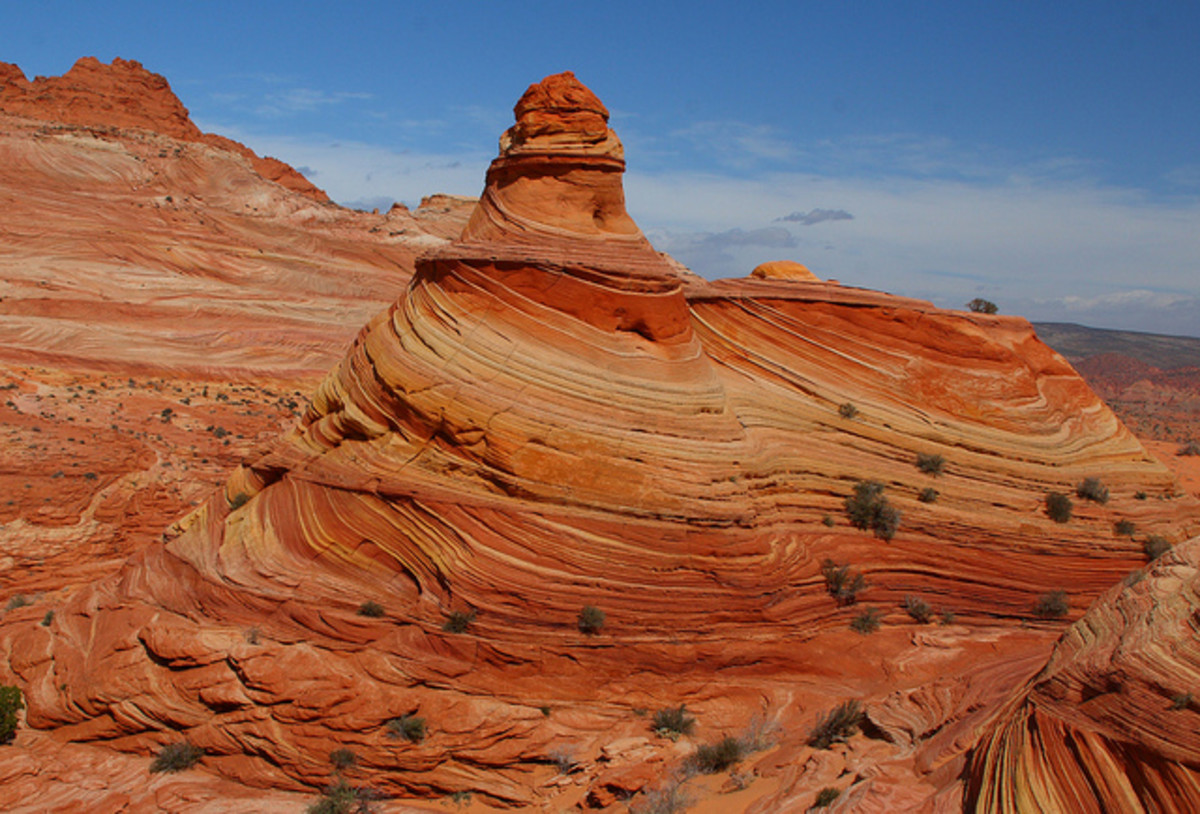
16. Wave Rock (Arizona, USA) Capturing photographs is a wonderful hobby and the perfect place to do it is Wave Rock in Arizona. It is difficult to determine the ideal position from which to shoot, since every minute of movement increases the attractiveness of this structure. This magnificent sandstone rock monument is an incredible hiking adventure, but the harsh desert environment can be a challenge, depending on the weather.
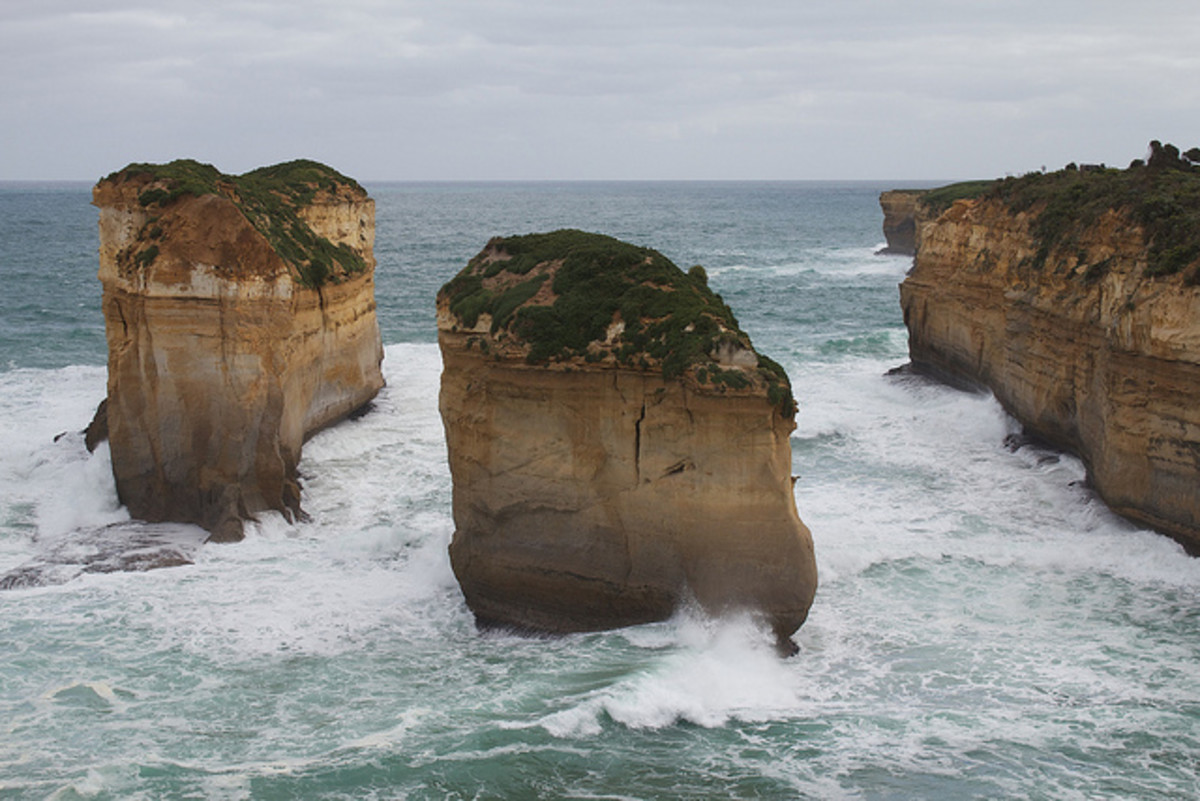
Loch Ard Gorge in Australia is a historic site with limited access due to its delicate condition, allowing only 20 visitors per day. It was named after the clipper “Loch Ard” which sank en route to Melbourne in 1878, leaving only two survivors who found refuge in a cave now known as Loch Ard Gorge. The area, located in Port Campbell National Park in Victoria, is a popular destination for tourists who enjoy swimming and relaxation. However, ongoing erosion continues to affect this southwestern coastal landmark. In 2009, one of the large limestone arches collapsed, resulting in the formation of two pillars known today as Tom and Eva, named after the surviving passengers. These formations resemble the famous 12 Apostles formation nearby.
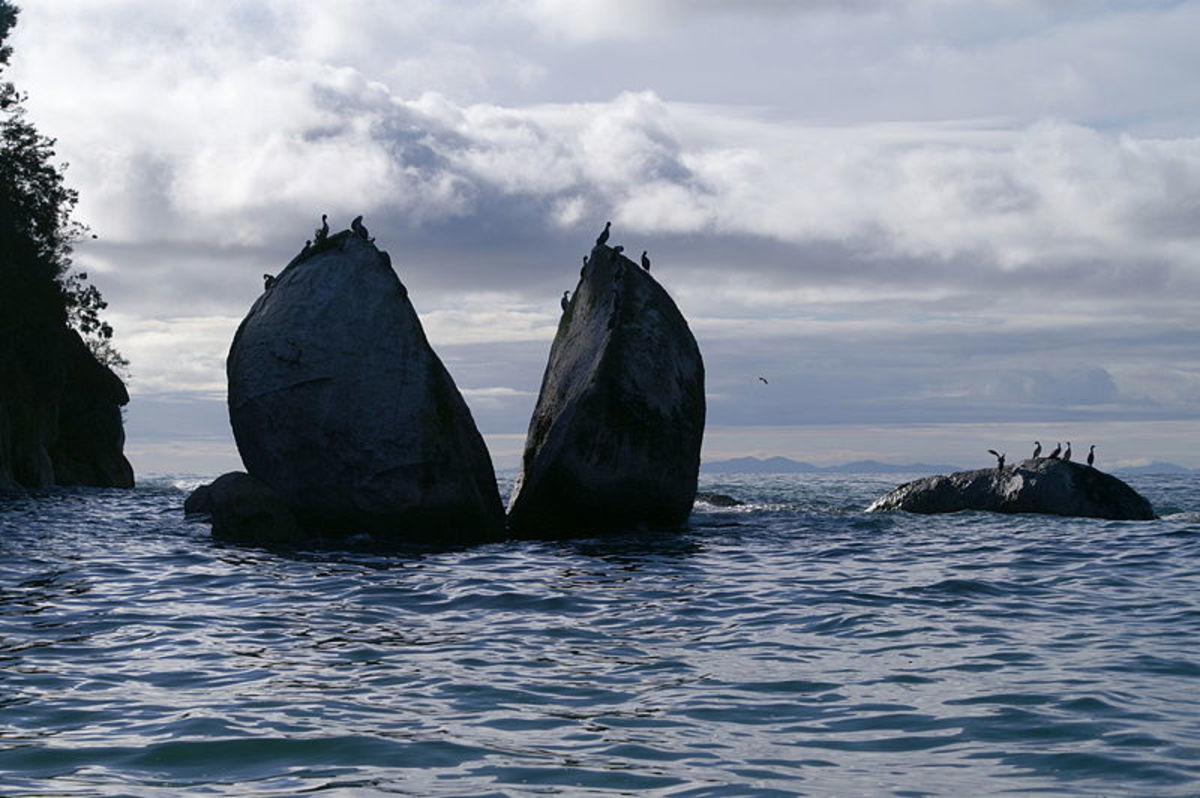
In the stunning Abel Tasman National Park, located on the South Island of New Zealand, is a magnificent attraction known as Split Apple Rock. The peculiar rock formation resembles that of an apple divided into two halves. This extraordinary structure was formed due to the immense force generated by the constant freezing and expansion of water in a crack during one of the Ice Ages. Seeing this granite rock formation at high tide is truly a sight to behold.
According to Maori folklore, two gods engaged in a fierce battle over ownership of Split Apple Rock and consequently divided it into two parts.
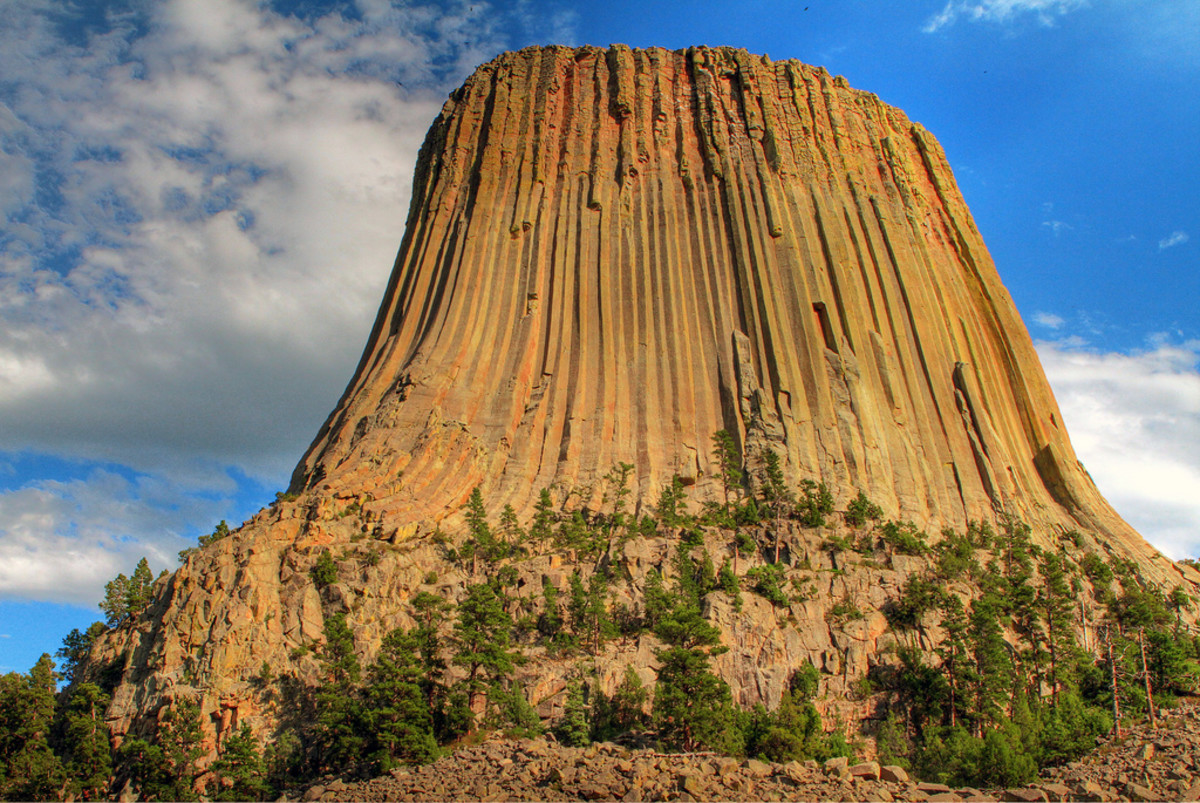
Devil’s Tower in Wyoming, USA, is the proud location of the first National Monument in the United States. It is a unique geological formation that has great importance to the Lakota and other tribes, as it is considered sacred and serves as a place of worship. While there is debate over its formation, most geologists believe it is an igneous intrusion caused by the cooling and condensation of magma underground. What is fascinating is that this tower remained hidden beneath the surface for thousands of years until erosion gradually revealed it. Even today, erosion caused by rain and snow continues to shape and expose Devil’s Tower.
